Scratch removal – don’t just hide those scratches, get rid of them…
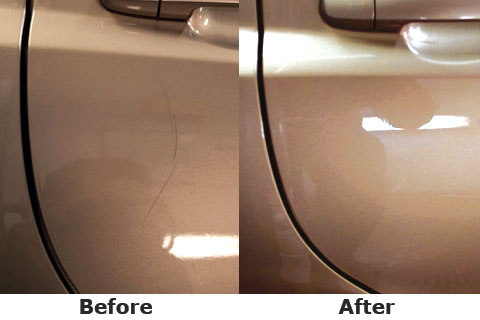
There’s a big difference between hiding a scratch and removing a scratch. The majority of the products on the market use heavy waxes and silicones to fill in surface scratches and swirls. Initially, the finish looks great, but BEWARE, the scratches ARE still there. They’re simply hidden beneath a thick layer of heavy fillers. Worst of all, after only a few washes, those fillers will wash away and the scratches WILL REAPPEAR.
Before compounding, an enhanced cross-section of the surface looks something like this:
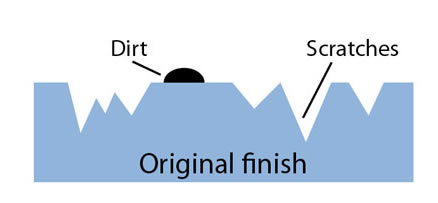
Fillers hide scratches, but they quickly wash away:
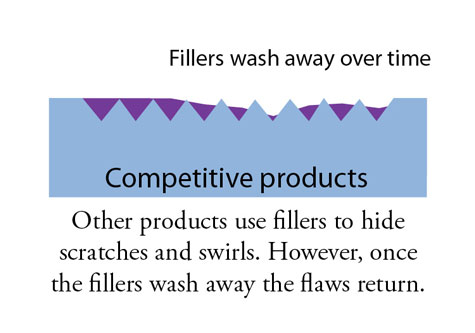
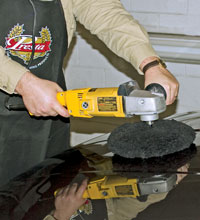
While it’s admittedly more involved than simply smearing on some filler wax, the only true way to erase surface scratches and swirl marks is buffing the surface with a cutting compound.
This truly smoothes out the scratch to create a finish that is flat, even and smooth as glass. For, deeper scratches and imperfections, it may be necessary to wet sand the finish prior to buffing. You’ll want to start with the least aggressive paper possible. For example, we recommend trying 2000 grit paper and a sanding block and etching in a crisscross pattern.
For heavy scratches, wet sanding gives you a nice, evenly etched surface to begin buffing
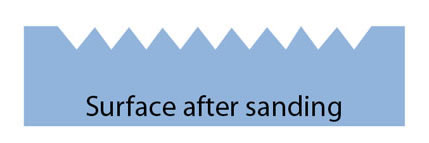
Finally, once you've got a nice, even surface, apply some buffing compound and polish back the shine. Buffing essentially knocks off the edges of scratches and swirls by removing a tiny layer of the clear coat. The resulting finish is flat, flawless and as smooth as glass.
This step truly removes the scratch
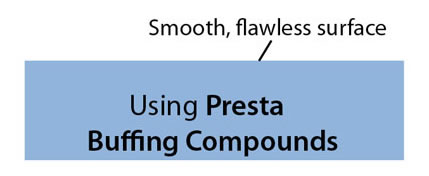
Article Rating:
